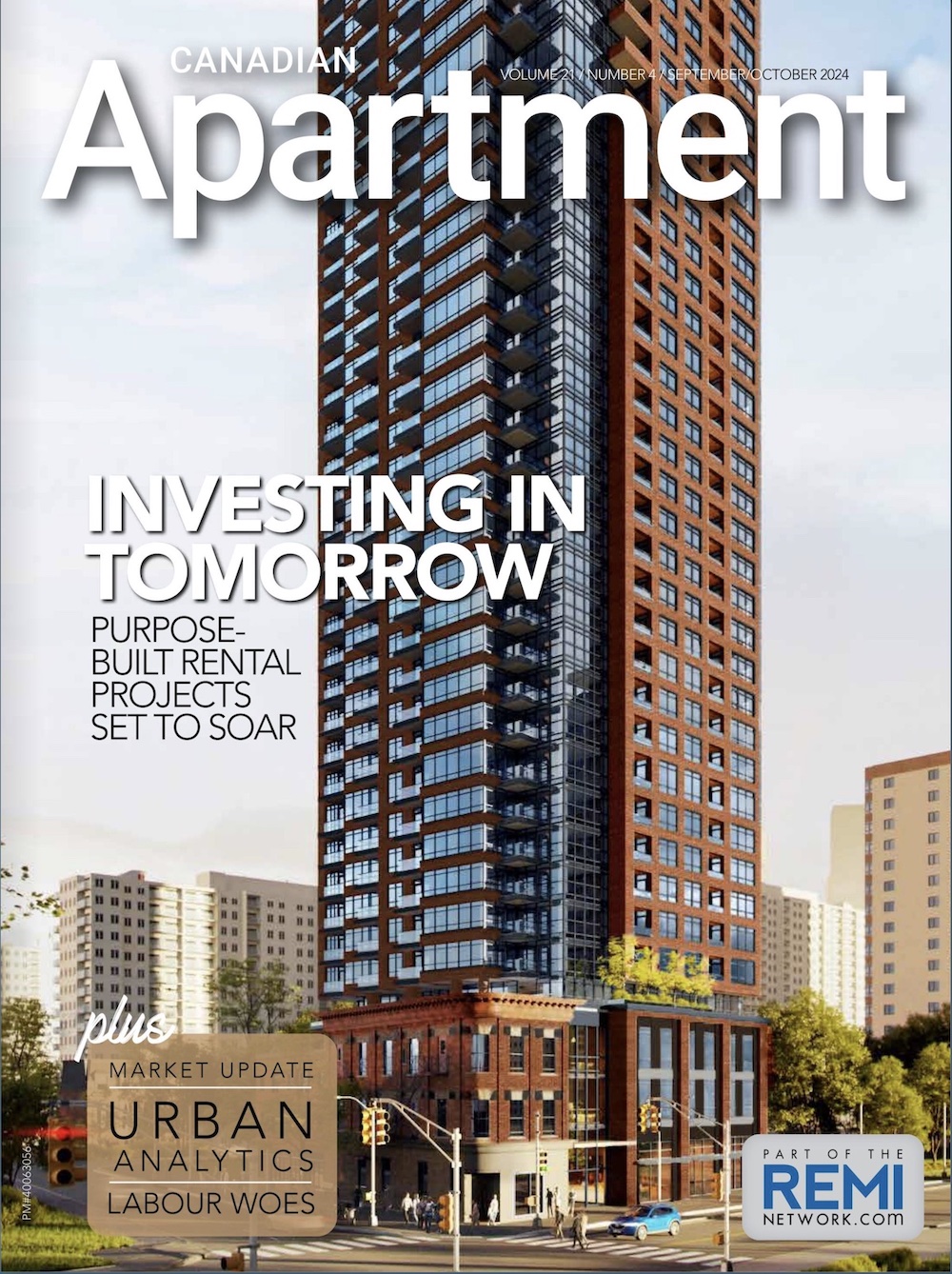According to Avison Young’s Spring 2015 B.C. Multi-Family Investment Report, Heightened demand for B.C. multi-family assets was a prevalent theme in 2014, even as a lack of investment-grade assets relegated most institutional buyers to the sidelines and private investors leveraged low-cost debt to acquire properties at highly compressed capitalization rates.
B.C. multi-family investment activity started strongly in 2014, but faded significantly in the back half of the year. After recording 23 deals valued at $396 million in the first six months of 2014, investment dropped to 19 transactions totalling $171 million. In total, 42 multi-family transactions valued at $567 million occurred in the province in 2014. (Avison Young only tracks multi-family investment deals valued at more than $5 million.) There were no significant multi-family acquisitions in B.C. in the second half of 2014. The largest deal was the $18.25-million acquisition of Fraserview Court in Surrey. Only four deals exceeded $10 million in the back half of 2014.
This was in contrast to the first half, which recorded almost $400 million in sales, including the institutional acquisition of Boardwalk REIT’s B.C. apartment portfolio for $140 million, and the City of Vancouver’s disposition of its remaining interest in the Olympic Village residential development to a well-known Vancouver-based business group for $91 million. While deal and dollar volume were both strong in the first half of 2014, stripping out the portfolio sale and the Olympic Village transactions revealed a more telling portrait of market activity. Fifteen of the remaining 19 transactions in the first half were for less than $10 million. This pattern was repeated in the second half with 15 of 19 transactions selling for less than $10 million.
Here are some of the key trends noted in Avison Young’s Spring 2015 British Columbia Multi-Family Investment Report:
All multi-family transactions in the second half of 2014 involved private vendors and purchasers, which highlighted the extremely tight supply of significant multi-family assets in terms of both price and size. The total absence of REITs and institutions in the second half was not due to lack of demand (which remains extremely strong), but rather a lack of available quality assets.
The absence of these types of buyers did not affect pricing, which remained at or near peak, and capitalization rates continued to compress as private buyers were able to take advantage of the low-interest rate environment to finance the acquisition of properties while still maintaining a cash positive or neutral position.“In the past 10 years, we’ve never seen such a shortage of listed rental apartment buildings that are available to purchase,” comments Avison Young Principal Rob Greer. “It’s the same all over Metro Vancouver. It’s not just in Kitsilano, the West End or along the Broadway corridor. It’s in Burnaby, Coquitlam, New Westminster and Surrey. Multi-family properties are really tightly held right now.”
Underlying land value and redevelopment potential have emerged as a significant factor in determining asset price. Upwards of a dozen multi-family assets, located primarily in Vancouver’s Kerrisdale neighbourhood and the area surrounding Burnaby’s Metrotown mixed-use complex, were acquired in the second half of 2014 with the express purpose of redevelopment, and the pricing reflected that higher and better use. These future development sites were not included in the list of multi-family transactions and were instead classified as land deals.
“The City of Burnaby is permitting apartment buildings to be torn down whereas in Vancouver, the city does not allow that,” adds Greer. “You are seeing a lot of buildings in Burnaby that have reached the end of their economic lifespan be demolished. The same vintage of buildings remain largely untouched in Vancouver. The result is that many suburban rental buildings are being redeveloped and renewed more rapidly and offer
more modern building systems and amenities than the aged and inefficient stock of rental properties in Vancouver.”
Off-market deals will remain key to sales activity in 2015 and transaction volume is expected to remain on par with what was recorded in the second half of 2014. Dollar volume should rise in 2015 as reluctant vendors remain under pressure to capture peak pricing for their assets, and unrelenting demand from local and international buyers compresses cap rates to an almost negligible yield. Significant rental property portfolios will increasingly be built in the next three years by those developers building new rental stock as opposed to investors acquiring scale by purchasing older buildings.
The report also contains a Q&A with Mukhtar Latif, chief housing officer for the City of Vancouver,discussing the role that the newly established Vancouver Affordable Housing Authority has to play in encouraging construction of purpose-built rental buildings.
For the full report, click here: http://www.avisonyoung.com/fileDownloader.php?file=files/content-files/Offices/Vancouver/Research/2015/Vancouver_MFReport_Spring2015.pdf






